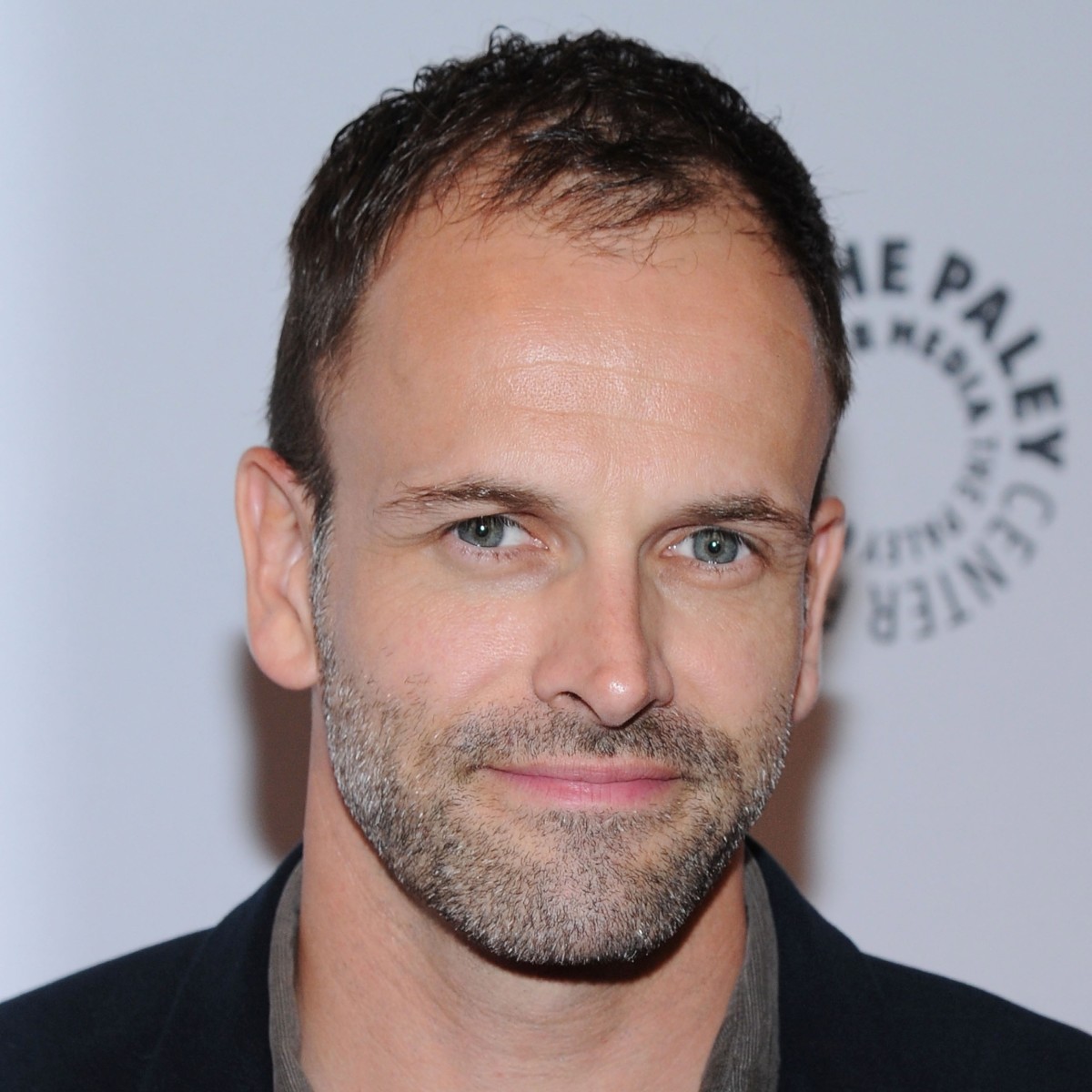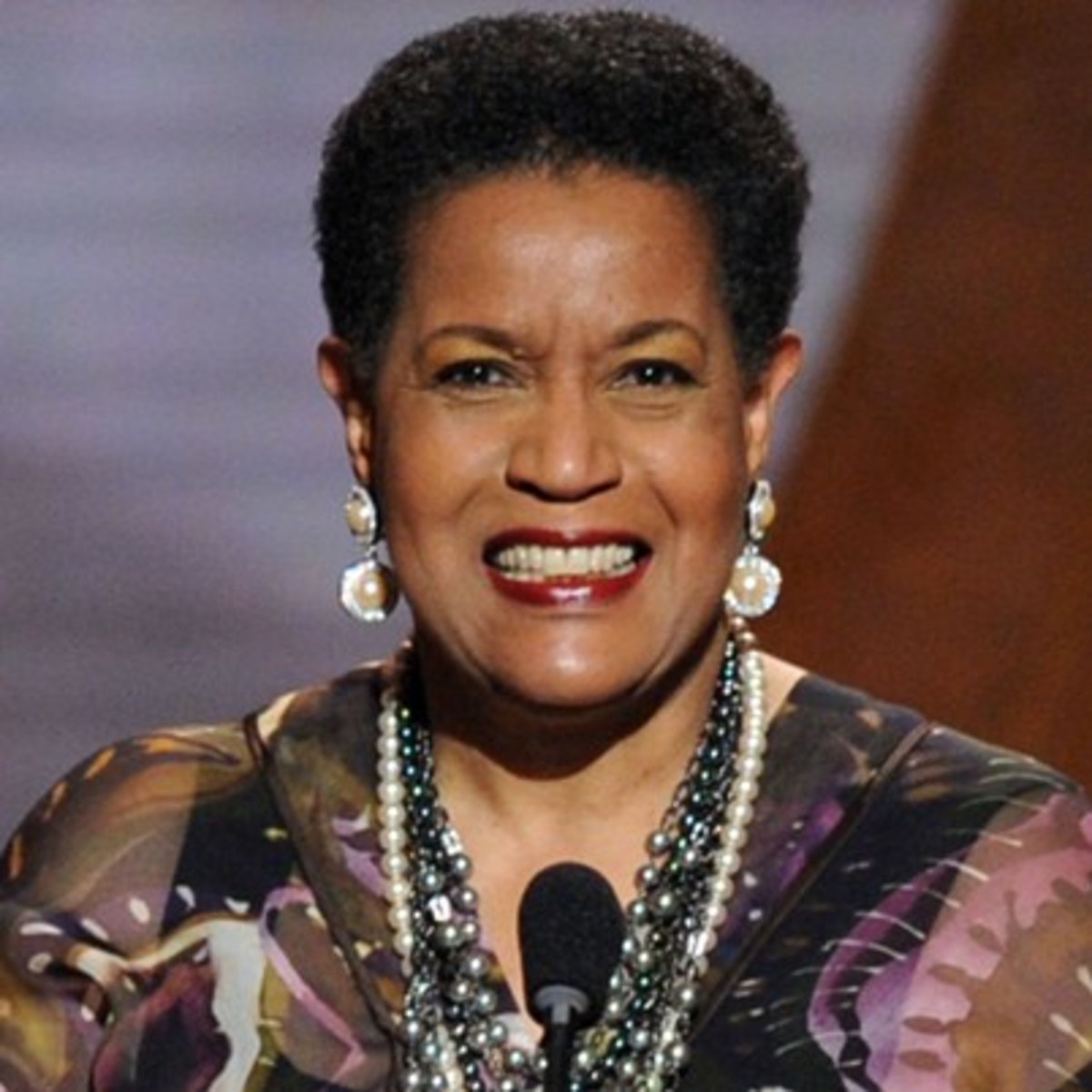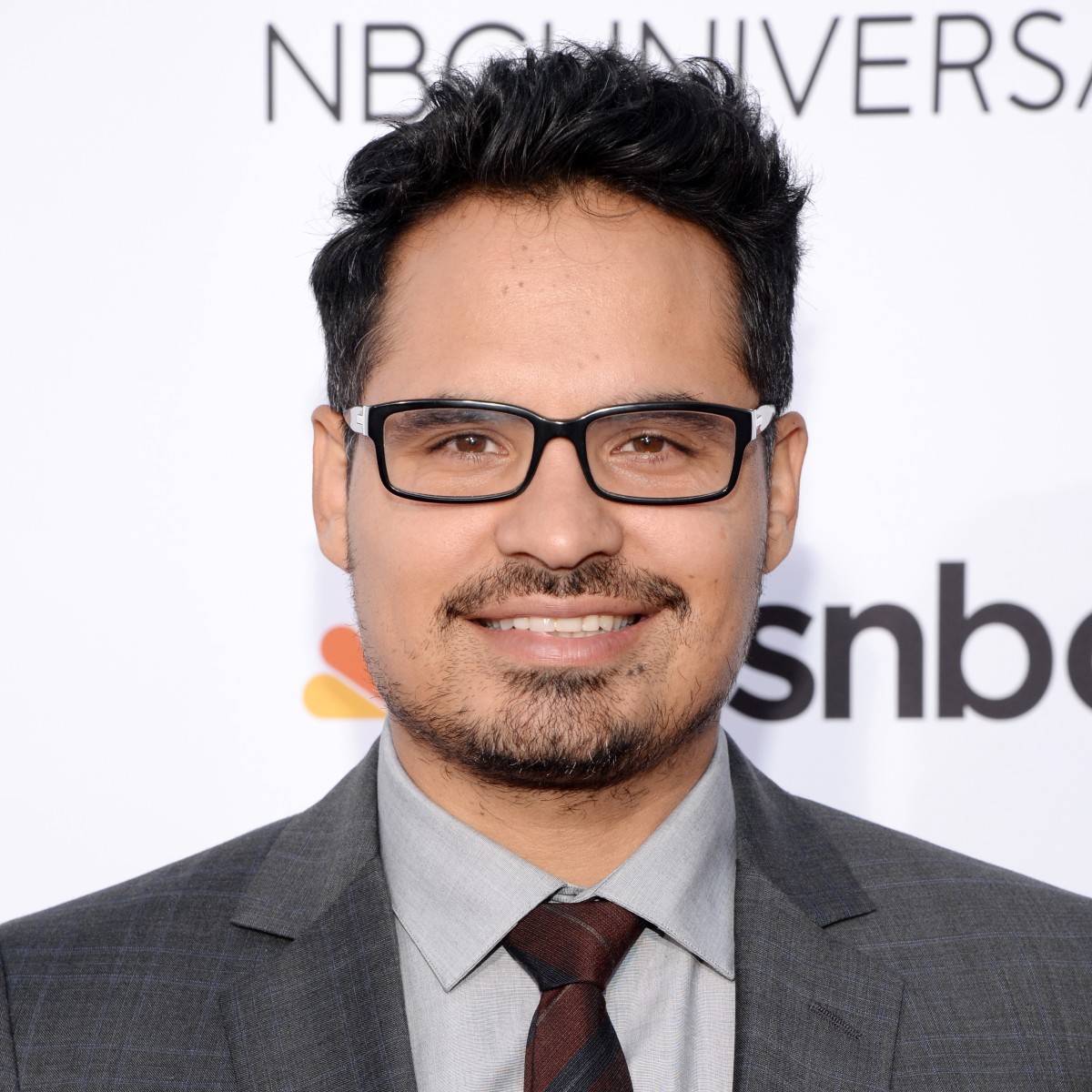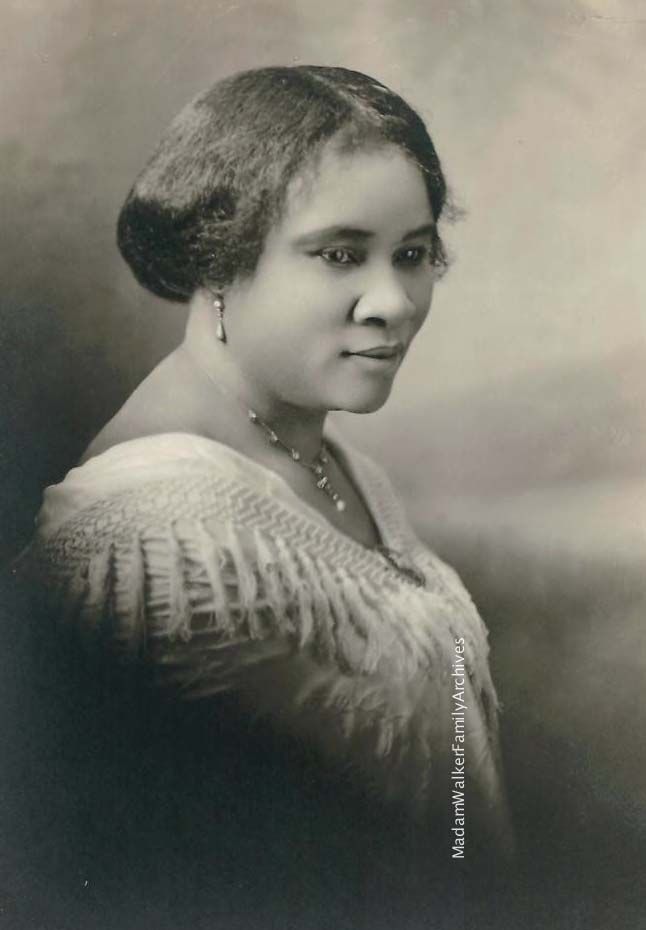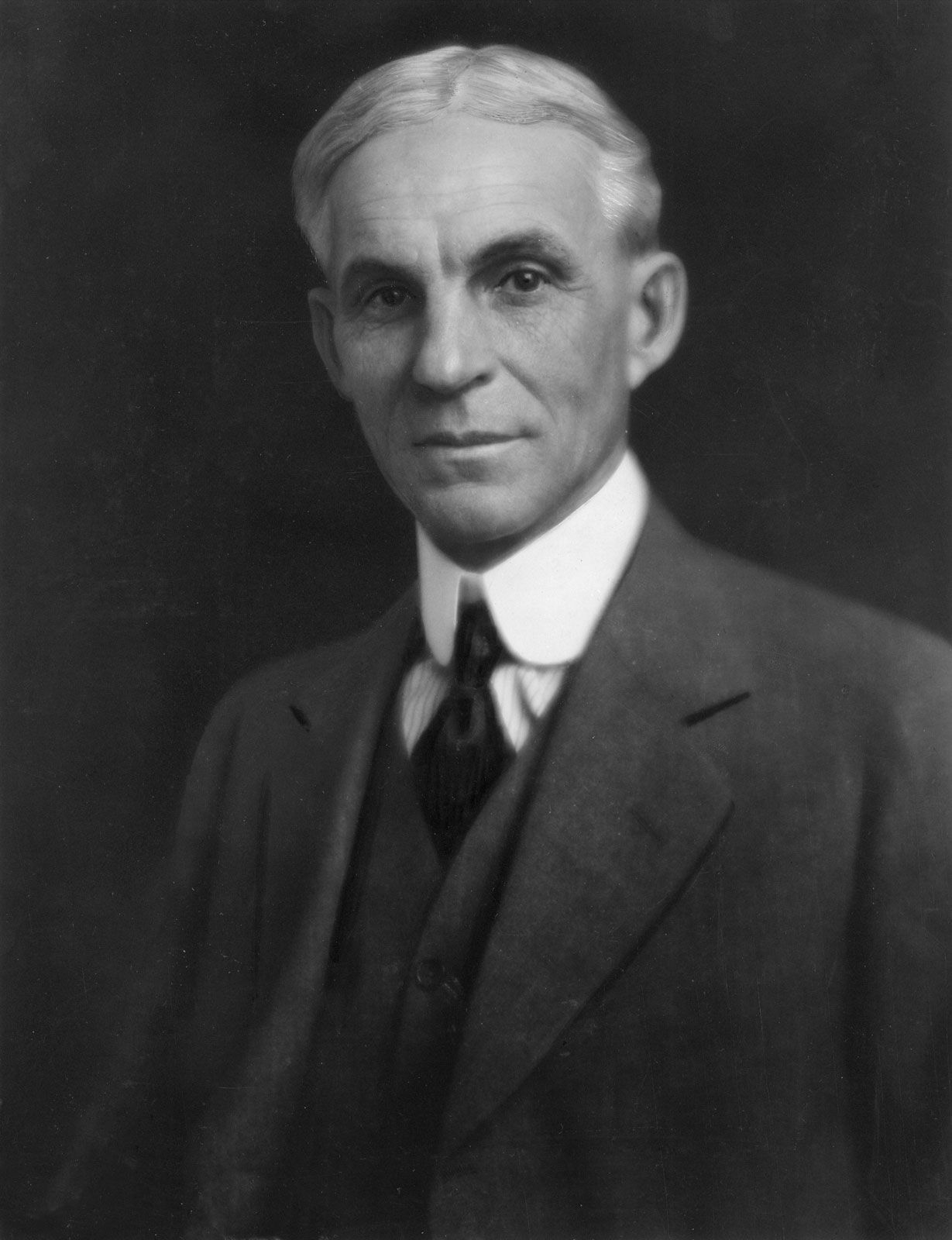Top Questions
Why is Steve Jobs significant?
Steve Jobs was a charismatic pioneer of the personal computer era. With Steve Wozniak, Jobs founded Apple Inc. in 1976 and transformed the company into a world leader in telecommunications. Widely considered a visionary and a genius, he oversaw the launch of such revolutionary products as the iPod and the iPhone.
What was Steve Jobs’s early life like?
Steve Jobs was born in 1955 and raised by adoptive parents in Cupertino, California. Though he was interested in engineering, his passions as a youth varied. After dropping out of Reed College, Jobs worked as a video game designer at Atari and later went to India to experience Buddhism. In 1976 he helped launch Apple.
How did Steve Jobs die?
In 2003 Jobs was diagnosed with a rare form of pancreatic cancer, and the following year he underwent a major reconstructive surgery known as the Whipple operation. In 2009 Jobs received a liver transplant. In August 2011 he resigned as CEO of Apple, and two months later, at age 56, he died.
Summary
Read a brief summary of this topic
Steve Jobs, in full Steven Paul Jobs, (born February 24, 1955, San Francisco, California, U.S.—died October 5, 2011, Palo Alto, California), cofounder of Apple Computer, Inc. (now Apple Inc.), and a charismatic pioneer of the personal computer era.
Founding of Apple
Jobs was raised by adoptive parents in Cupertino, California, located in what is now known as Silicon Valley. Though he was interested in engineering, his passions of youth varied. He dropped out of Reed College, in Portland, Oregon, took a job at Atari Corporation as a video game designer in early 1974, and saved enough money for a pilgrimage to India to experience Buddhism.
Back in Silicon Valley in the autumn of 1974, Jobs reconnected with Stephen Wozniak, a former high school friend who was working for the Hewlett-Packard Company. When Wozniak told Jobs of his progress in designing his own computer logic board, Jobs suggested that they go into business together, which they did after Hewlett-Packard formally turned down Wozniak’s design in 1976. The Apple I, as they called the logic board, was built in the Jobses’ family garage with money they obtained by selling Jobs’s Volkswagen minibus and Wozniak’s programmable calculator.
Jobs was one of the first entrepreneurs to understand that the personal computer would appeal to a broad audience, at least if it did not appear to belong in a junior high school science fair. With Jobs’s encouragement, Wozniak designed an improved model, the Apple II, complete with a keyboard, and they arranged to have a sleek, molded plastic case manufactured to enclose the unit.
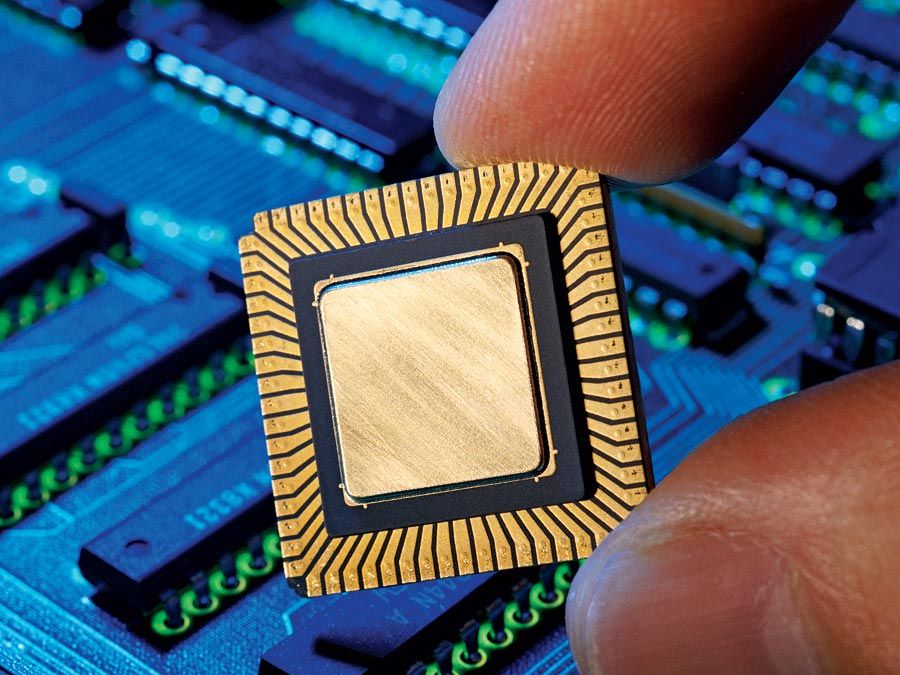
Britannica Quiz
Computers and Technology Quiz
Computers host websites composed of HTML and send text messages as simple as…LOL. Hack into this quiz and let some technology tally your score and reveal the contents to you.
Though Jobs had long, unkempt hair and eschewed business garb, he managed to obtain financing, distribution, and publicity for the company, Apple Computer, incorporated in 1977—the same year that the Apple II was completed. The machine was an immediate success, becoming synonymous with the boom in personal computers. In 1981 the company had a record-setting public stock offering, and in 1983 it made the quickest entrance (to that time) into the Fortune 500 list of America’s top companies. In 1983 the company recruited PepsiCo, Inc., president John Sculley to be its chief executive officer (CEO) and, implicitly, Jobs’s mentor in the fine points of running a large corporation. Jobs had convinced Sculley to accept the position by challenging him: “Do you want to sell sugar water for the rest of your life?” The line was shrewdly effective, but it also revealed Jobs’s own near-messianic belief in the computer revolution.
Insanely great
During that same period, Jobs was heading the most important project in the company’s history. In 1979 he led a small group of Apple engineers to a technology demonstration at the Xerox Corporation’s Palo Alto Research Center (PARC) to see how the graphical user interface could make computers easier to use and more efficient. Soon afterward, Jobs left the engineering team that was designing Lisa, a business computer, to head a smaller group building a lower-cost computer. Both computers were redesigned to exploit and refine the PARC ideas, but Jobs was explicit in favouring the Macintosh, or Mac, as the new computer became known. Jobs coddled his engineers and referred to them as artists, but his style was uncompromising; at one point he demanded a redesign of an internal circuit board simply because he considered it unattractive. He would later be renowned for his insistence that the Macintosh be not merely great but “insanely great.” In January 1984 Jobs himself introduced the Macintosh in a brilliantly choreographed demonstration that was the centrepiece of an extraordinary publicity campaign. It would later be pointed to as the archetype of “event marketing.”
Get a Britannica Premium subscription and gain access to exclusive content.
Subscribe Now
However, the first Macs were underpowered and expensive, and they had few software applications—all of which resulted in disappointing sales. Apple steadily improved the machine, so that it eventually became the company’s lifeblood as well as the model for all subsequent computer interfaces. But Jobs’s apparent failure to correct the problem quickly led to tensions in the company, and in 1985 Sculley convinced Apple’s board of directors to remove the company’s famous cofounder.
NeXT and Pixar
Jobs quickly started another firm, NeXT Inc., designing powerful workstation computers for the education market. His funding partners included Texan entrepreneur Ross Perot and Canon Inc., a Japanese electronics company. Although the NeXT computer was notable for its engineering design, it was eclipsed by less costly computers from competitors such as Sun Microsystems, Inc. In the early 1990s Jobs focused the company on its innovative software system, NEXTSTEP.
Meanwhile, in 1986 Jobs acquired a controlling interest in Pixar, a computer graphics firm that had been founded as a division of Lucasfilm Ltd., the production company of Hollywood movie director George Lucas. Over the following decade Jobs built Pixar into a major animation studio that, among other achievements, produced the first full-length feature film to be completely computer-animated, Toy Story, in 1995. Pixar’s public stock offering that year made Jobs, for the first time, a billionaire. He eventually sold the studio to the Disney Company in 2006.
